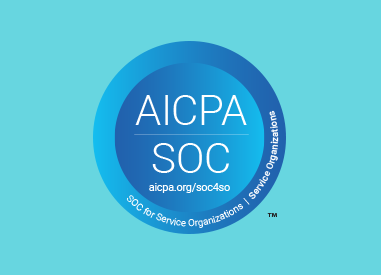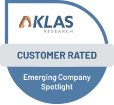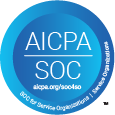By: Megan Paauwe, MBA-HM
Introduction
Health equity and access to care are two of the most important issues facing our society today. Health equity is the concept of everyone having access to the same level of healthcare regardless of any personal characteristics such as race, age, ethnicity, etc. It ensures that no one experiences health-related disadvantages due to any factors outside of their control. According to the Robert Wood Johnson Foundation, the largest American philanthropic organization focused on health equity, “Racial health disparities alone are projected to cost health insurers $337 billion between 2009 and 2018. The impact on national security is also high, with some 26 million young adults unqualified to serve in the U.S. military because of persistent health problems, or because they are poorly educated or have been convicted of a felony.” The healthcare credentialing process plays an important role in ensuring that health equity and access to care are both achieved. In this article, we will discuss how healthcare leaders can optimize the credentialing process to improve health equity and access to care.
The role of Healthcare Leaders
Healthcare leaders are in a unique position to positively impact health equity in their communities through the implementation of policies and strategies aimed at removing barriers, improving quality, and expanding access to care. Credentialing is a necessary process for ensuring that healthcare providers meet the necessary qualifications to provide care to patients, but because it is lengthy and complex, it can also be a barrier to providing equitable care. By taking steps to streamline the credentialing process, healthcare leaders can help eliminate unnecessary hurdles, making it easier for providers to serve underserved populations. The optimization of the credentialing process can also reduce costs and increase revenues, a particular benefit to organizations serving disadvantaged and underfunded communities. These efforts can result in greater access to healthcare, improved patient outcomes, and greater equity in our healthcare system.
Optimizing the Credentialing Process
The first step for healthcare leaders is to understand the provider credentialing and enrollment process and any potential barriers that could cause delays. Common barriers include the providers’ lack of time, difficulty understanding the process, miscommunications, and an extensive amount of administrative work. The second step is for healthcare leaders to work closely with their organization’s internal departments, including human resources, credentialing, enrollment, and medical staff services to reduce redundancies in credentialing tasks, improve communication, and implement an automated and fully electronic credentialing software solution. The third step is to make sure that the credentialing process is started as early as possible during the hiring and onboarding process for new providers.
Acorn’s Smart Credentialing Solution
Acorn’s credentialing software is an important tool for healthcare organizations to help them reduce their expenses and save time. Acorn enables healthcare organizations to automate the process of credentialing providers, which means they don’t have to hire additional staff or pay for manual application processing. Acorn also keeps all of the providers’ credentials in sync by using cloud-based technology, making sure that all the information is up-to-date and accurate. This allows healthcare organizations to be more efficient and cost-effective, while at the same time ensuring that their patients receive quality care.
In Summary
Improving the healthcare credentialing process can help reduce disparities in access to care by making it easier for healthcare providers to complete the credentialing, enrollment, and privileging processes. This can promote better outcomes for people in disadvantaged communities by giving them access to quality care and enabling them to take advantage of the same treatments and resources that other patients have. Additionally, it can make it easier for healthcare providers to collaborate across different networks and provide better overall care for their patients. Acorn’s end-to-end credentialing solution improves credentialing workflows and eliminates functionality gaps that cost money and create risk. To learn more, please visit www.acorncredentialing.com. Book a live demo to see the power of Acorn in action!





